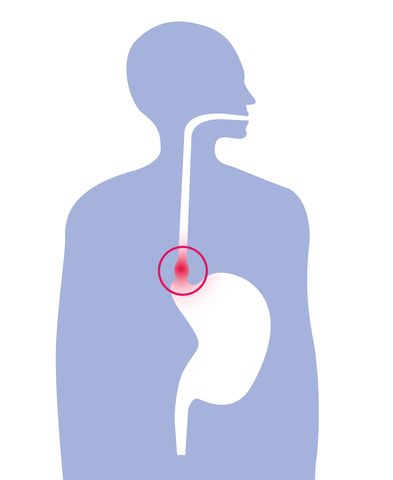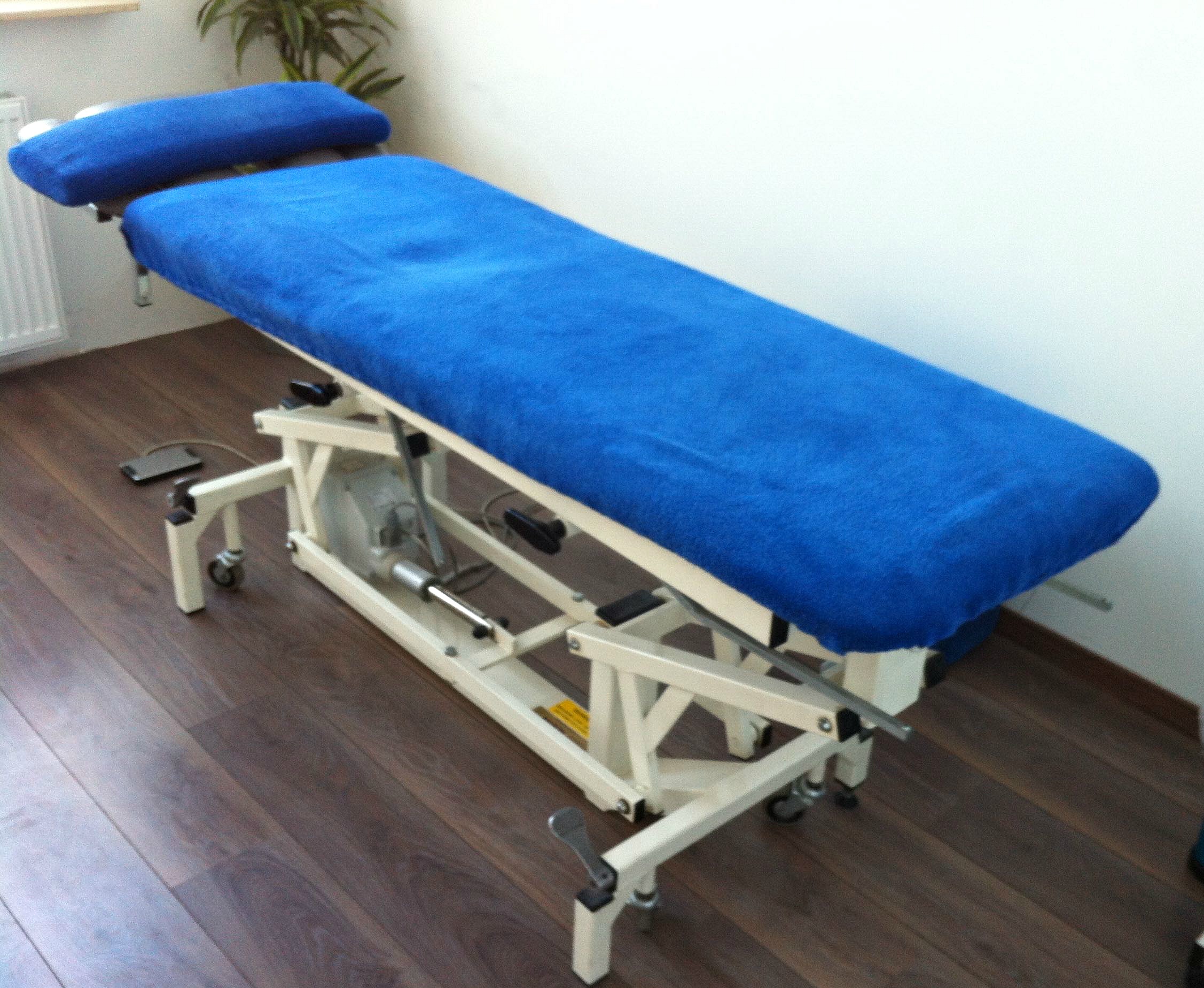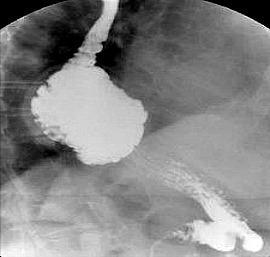Understand Your Hiatal Hernia

Hiatal Hernia
A hiatal hernia is an upward protrusion of your stomach into your chest.
It causes heartburn and other symptoms of acid reflux because it disturbs good function of your stomach's stomach valve.
Locking System
Before entering your stomach, your meal passes an ingenious locking system, designed to prevent any leakage of stomach acid.
It consists of two parts:
- your stomach valve: the lower esophageal muscle or LES, which is a tight circular muscle at the bottom of your esophagus
- your diaphragm: your major breathing muscle
Your esophagus passes though a small opening (hiatus) in your diaphragm, just before entering your stomach. The size of this diaphragmal opening is just big enough to fit perfectly around your stomach valve. This way, the strong diaphragm assists your stomach valve to keep your stomach closed.
Hiatal Hernia = System Failure
It pulls apart the two parts your stomach's 'locking system'.
Your stomach valve is pushed away from its diaphragmal support. Without help form the diaphragm, this valve loses power. It can't seal off your stomach perfectly and stomach acid leaks through the valve.
Who suffers from it?
One in five people has a hiatus hernia. That seems a lot, but only a minority of these people develops symptoms of acid reflux.
In fact, you can have a hiatal hernia without ever noticing. If your stomach valve is strong enough, even without diaphragmal support, the condition doesn't cause any symptoms.
Cause Of Hiatus Hernia
In most cases, there are several causes. If you are born with a weakness or a particularly large hiatus, it is possible that your stomach bulges out of this opening some day.
A 'stomach bulging' occurs at moments when you put a lot of pressure on your abdomen:
- heavy lifting
- hard coughing
- violent vomiting
- pregnancy
- obesity
Once the bulging has occured, the damage is done. It is irriversible, unless you consider surgery.
Rolling or Sliding Hiatus Hernia?

The most common is a sliding hiatus hernia. The upper part of your stomach penetrates through the opening of the diaphragm and moves upward.
The other is a rolling hiatus hernia. In this case, your stomach stays down. Only a little 'balloon' of stomach tissue is pushed upward through your diaphragmal opening.
Hiatus Hernia Treatment
Since a hiatus hernia exist in 1 on 5 people, it is seen as a anatomical variation. As long as you don't have symptoms, you don't need any treatment.
If your hiatus hernia causes heartburn or other acid reflux symptoms, medications can bring relief.
If remedies and medications fail to do their job, anti-reflux surgery can be performed.
Osteopathy and Hiatal Hernia

Some osteopaths and chiropractors claim to have techniques to reposition a small hernia. They do this by sticking their fingers gently down your chest cavity and 'pulling' your stomach back down.
This can be possible, but your osteopath or chiropractor can't prevent your hernia from popping back. The cause of hiatus hernia is a too large 'hiatus' (opening) in your diaphragm. Once you put pressure on your stomach it will easily bulge back upward.
Diagnosis

A hiatus hernia can be seen during a gastroscopy.
To confirm this diagnosis and to get a clearer view, your doctor prescribes a Barium X-Ray.
Before the X-Ray is taken, you need to drink a chalky liquid that contains barium. As you can see on the picture, it coats the walls of the esophagus and the stomach. If a part of your stomach is situated in your chest, you have got a stomach hernia.
from hiatal hernia to exreflux.com
Copyright © 2012 - 2019 exreflux.com.